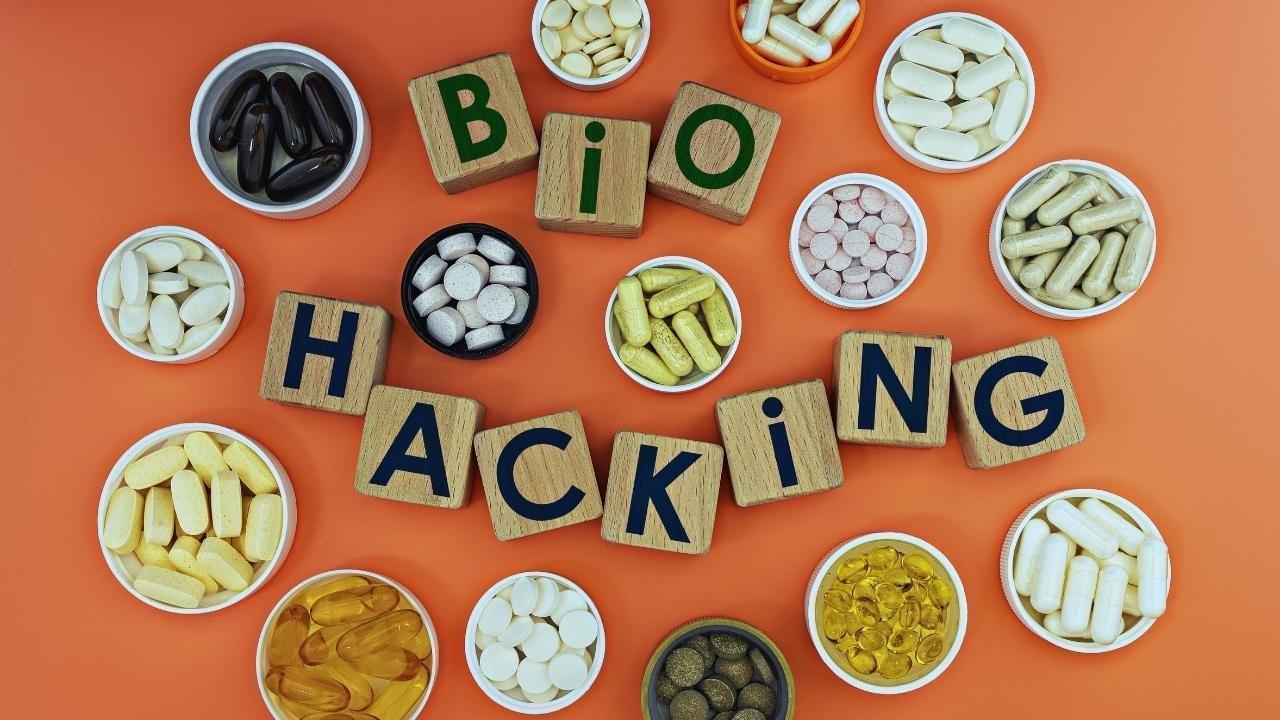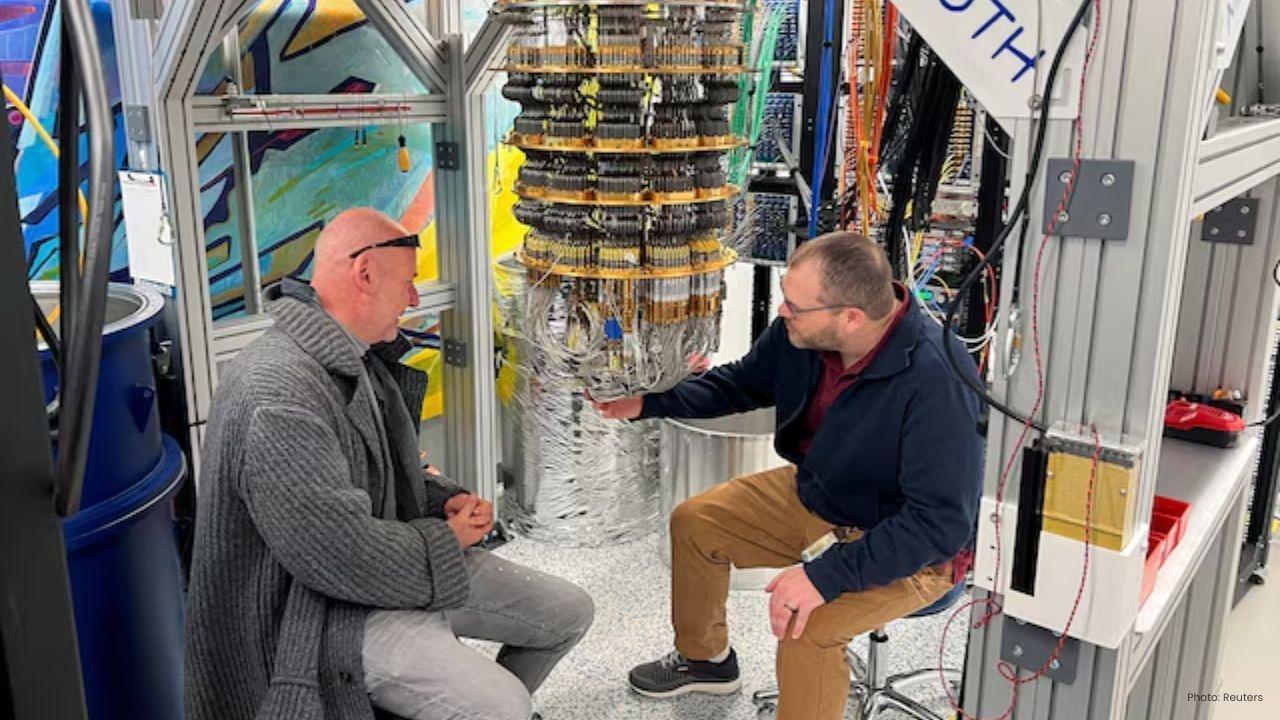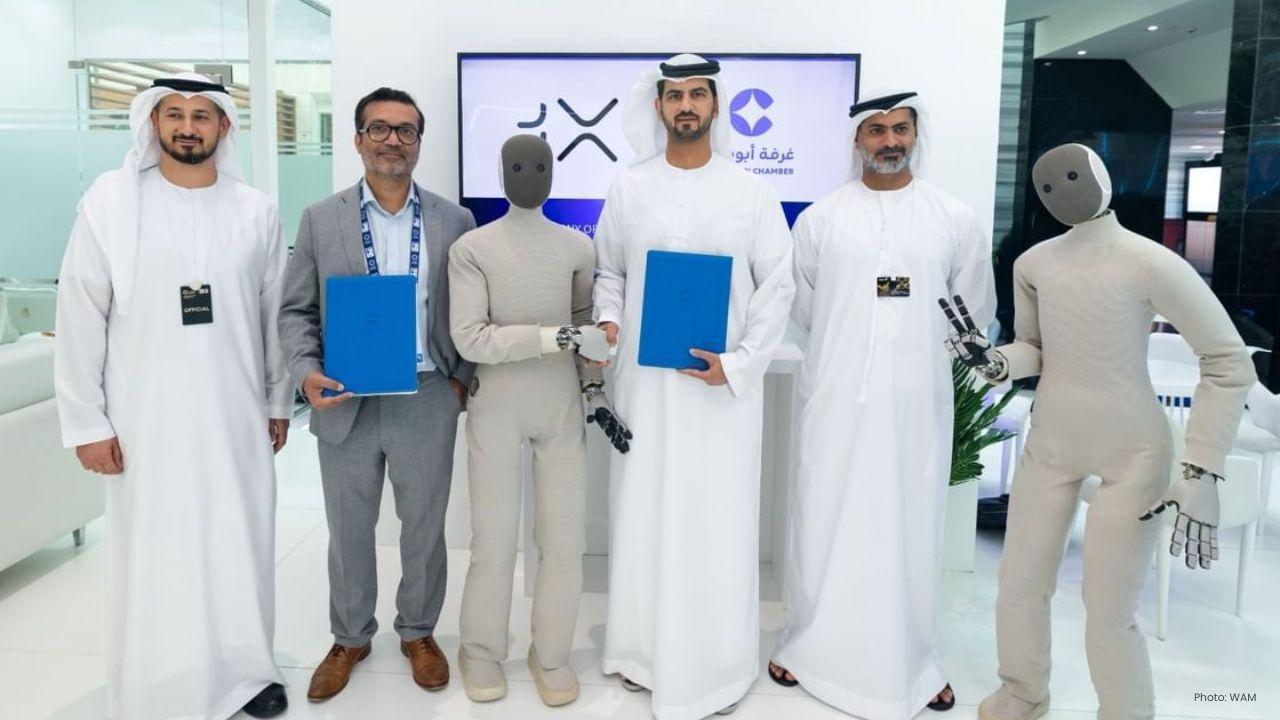
Join 10k+ people to get notified about new posts, news and tips.
Do not worry we don't spam!

Post by : Anis Farhan
Biohacking at home has rapidly emerged as a popular trend in health and wellness. It refers to the practice of using scientific knowledge, technology, and behavioral strategies to improve health, performance, and longevity. While some forms of biohacking are extreme, the majority of safe, home-based approaches focus on incremental improvements that optimize how your body and mind function.
With advances in wearable technology, affordable testing kits, and accessible scientific knowledge, home biohacking has become a practical solution for anyone looking to take control of their health. It’s not about radical experiments but evidence-based interventions that maximize energy, focus, and overall well-being.
At its core, biohacking is about measuring your biology and making intentional adjustments to improve outcomes. This involves monitoring key health metrics such as heart rate variability, sleep quality, glucose levels, and body composition. By tracking these data points, individuals can identify patterns, recognize deficiencies, and implement strategies to optimize health.
The scientific foundation of biohacking is rooted in physiology, nutrition, neuroscience, and chronobiology. It’s the combination of these fields that allows people to adjust their behaviors—like sleep schedules, exercise routines, and nutrition choices—based on real-time feedback rather than guesswork.
Several tools and technologies have made home biohacking more practical and safe. Wearable devices such as smartwatches and fitness trackers monitor heart rate, sleep, steps, and even stress levels. Continuous glucose monitors allow individuals to observe how food and activity affect blood sugar in real time. At-home blood tests and microbiome kits provide insights into hormone levels, vitamin deficiencies, and gut health.
Importantly, choosing reliable and validated tools is essential. The goal is to gather accurate data without causing harm or anxiety. Combining wearable data with self-reported experiences allows for a holistic understanding of one’s health.
Sleep is one of the most critical aspects of human health, and biohackers often start by optimizing this fundamental need. Strategies include maintaining a consistent sleep schedule, creating a dark and cool sleep environment, and avoiding screens before bedtime. Advanced techniques may involve tracking sleep stages using wearable devices or experimenting with light therapy to align with circadian rhythms.
Even minor improvements in sleep quality can dramatically enhance cognitive performance, mood, and metabolism. Prioritizing sleep sets the foundation for all other biohacking interventions.
Nutrition is another critical component of home biohacking. Instead of following generic diet plans, biohackers use data to tailor their eating habits to individual needs. This might involve intermittent fasting, personalized macronutrient ratios, or nutrient-dense supplementation based on deficiencies identified through testing.
Monitoring how certain foods affect energy, focus, and digestion allows individuals to create highly personalized nutrition strategies. Foods rich in antioxidants, omega-3 fatty acids, and complex carbohydrates support brain function and metabolic health, while hydration and electrolyte balance are essential for optimal cellular performance.
Exercise is a powerful biohacking tool, but the key is precision. Home biohackers use wearable devices to monitor heart rate, oxygen levels, and recovery times to ensure that workouts are both safe and effective. High-intensity interval training (HIIT), resistance training, and mobility exercises can be adjusted based on physiological responses.
Tracking progress allows individuals to avoid overtraining while maximizing the benefits of physical activity. Combining movement with proper nutrition and recovery strategies enhances overall performance and longevity.
Biohacking extends beyond physical health to cognitive performance. Techniques include meditation, mindfulness, and neurofeedback, which help reduce stress, improve focus, and enhance memory. Some biohackers experiment with cognitive-enhancing supplements, known as nootropics, but these should be approached cautiously and under professional guidance.
Environmental factors, such as reducing noise distractions, optimizing lighting, and establishing structured routines, also contribute to improved mental clarity and productivity.
A healthy gut is central to overall wellness, influencing digestion, immunity, and even mood. Home biohackers often use microbiome testing to assess bacterial diversity and implement dietary interventions that promote a balanced gut environment. Fermented foods, prebiotics, and fiber-rich vegetables are commonly used to support beneficial bacteria.
Monitoring symptoms and tracking changes after dietary adjustments helps individuals fine-tune their gut health strategy, which in turn impacts energy, immunity, and emotional stability.
Hormones regulate nearly every function in the body, from metabolism to mood. Safe home biohacking involves monitoring key hormones such as cortisol, thyroid hormones, and sex hormones using at-home test kits. Understanding hormonal fluctuations allows individuals to optimize sleep, nutrition, and exercise schedules accordingly.
Balancing hormones through lifestyle interventions, rather than relying solely on medication, can enhance vitality, energy, and long-term health.
Chronic stress negatively impacts nearly every aspect of health. Biohacking emphasizes not just activity but recovery. Practices such as deep breathing, cold exposure, sauna therapy, and meditation are increasingly popular. Wearable devices can track stress markers like heart rate variability to indicate when recovery is needed.
Incorporating structured recovery routines ensures that the body and mind remain resilient, reducing the risk of burnout, fatigue, and illness.
A crucial principle of home biohacking is safety. Experimenting with new diets, supplements, or routines should always be gradual and monitored. Logging results and analyzing trends over time allows individuals to make informed decisions. Overreaction to short-term fluctuations can lead to unnecessary stress or unsafe practices.
Engaging with professional guidance, when possible, adds an extra layer of safety. Collaborating with certified nutritionists, fitness trainers, or medical professionals ensures that interventions are both effective and safe.
The convergence of AI, mobile apps, and wearable devices has made home biohacking highly adaptive. Platforms can analyze large datasets to provide personalized insights and suggestions, creating a feedback loop that continuously optimizes health. Real-time alerts, predictive analytics, and personalized recommendations empower individuals to act immediately when data indicates a need for adjustment.
This level of integration transforms biohacking from a sporadic experiment into a continuous, dynamic lifestyle aimed at enhancing longevity, energy, and quality of life.
While home biohacking offers tremendous benefits, ethical considerations must not be ignored. Privacy of biometric data, safe use of supplements, and the mental impact of constant self-monitoring are important factors. Responsible biohackers ensure that personal health information remains confidential and that interventions do not pose long-term risks.
Understanding the ethical implications of biohacking reinforces the principle that optimization should never compromise safety or well-being.
Biohacking communities, both online and offline, provide valuable support for beginners and experienced practitioners alike. Sharing insights, experiments, and results fosters learning and encourages safe practices. Platforms dedicated to wellness tracking, forums, and social media groups have created spaces where science-driven biohacking can thrive collectively.
Connecting with others not only provides motivation but also exposes individuals to evidence-based techniques they may not have discovered independently.
As technology evolves, home biohacking will become more precise, accessible, and personalized. Emerging trends include AI-driven virtual health coaches, advanced biomarkers monitoring, and integration of genetic data for predictive health insights. The future points toward a holistic approach where physical, mental, and emotional health are optimized in tandem.
Home biohacking is not about chasing extremes but about informed, safe, and sustainable strategies that enhance life quality, productivity, and longevity.
Home biohacking represents a paradigm shift in personal wellness. By combining scientific knowledge, technology, and self-awareness, individuals can take proactive control of their health from the comfort of their homes. Tracking biomarkers, optimizing nutrition, balancing hormones, and prioritizing recovery create a comprehensive system for long-term wellness.
When approached safely and responsibly, home biohacking empowers individuals to live healthier, more energetic, and more fulfilled lives—demonstrating that small, informed changes can yield remarkable results over time.
This article is intended for informational purposes only. It does not replace professional medical advice or diagnosis. Readers should consult certified healthcare professionals before making any significant changes to diet, exercise, or supplementation routines.










Zohran Mamdani Clinches NYC Mayoral Seat as Victory Speech Blends Politics and Bollywood
Zohran Mamdani won New York City's mayoral race, becoming the city's first Muslim and South Asian ma

India Wins First Women’s World Cup 2025 Title
India lifts its maiden Women’s World Cup 2025 title! Harmanpreet Kaur’s team stuns South Africa in a

Manuel Frederick, 1972 Olympic Bronze Goalkeeper, Dies at 78
Manuel Frederick, a member of India’s 1972 Olympic bronze hockey team, has died in Bengaluru at 78 a

Muhammad Hamza Raja Wins IFBB Pro Card Puts Pakistan & UAE on Global Stage
Pakistani bodybuilder Muhammad Hamza Raja earns IFBB Pro Card in Czech Republic, showcasing Dubai’s

Shreyas Iyer’s Recovery Underway After Spleen Laceration in Sydney ODI
Shreyas Iyer is recovering after a spleen laceration sustained while taking a catch in the Sydney OD

Qatar Ready to Host FIFA U-17 World Cup 2025 in Aspire
Qatar confirms full readiness to host the FIFA U-17 World Cup 2025 from November 3–27, with world-cl